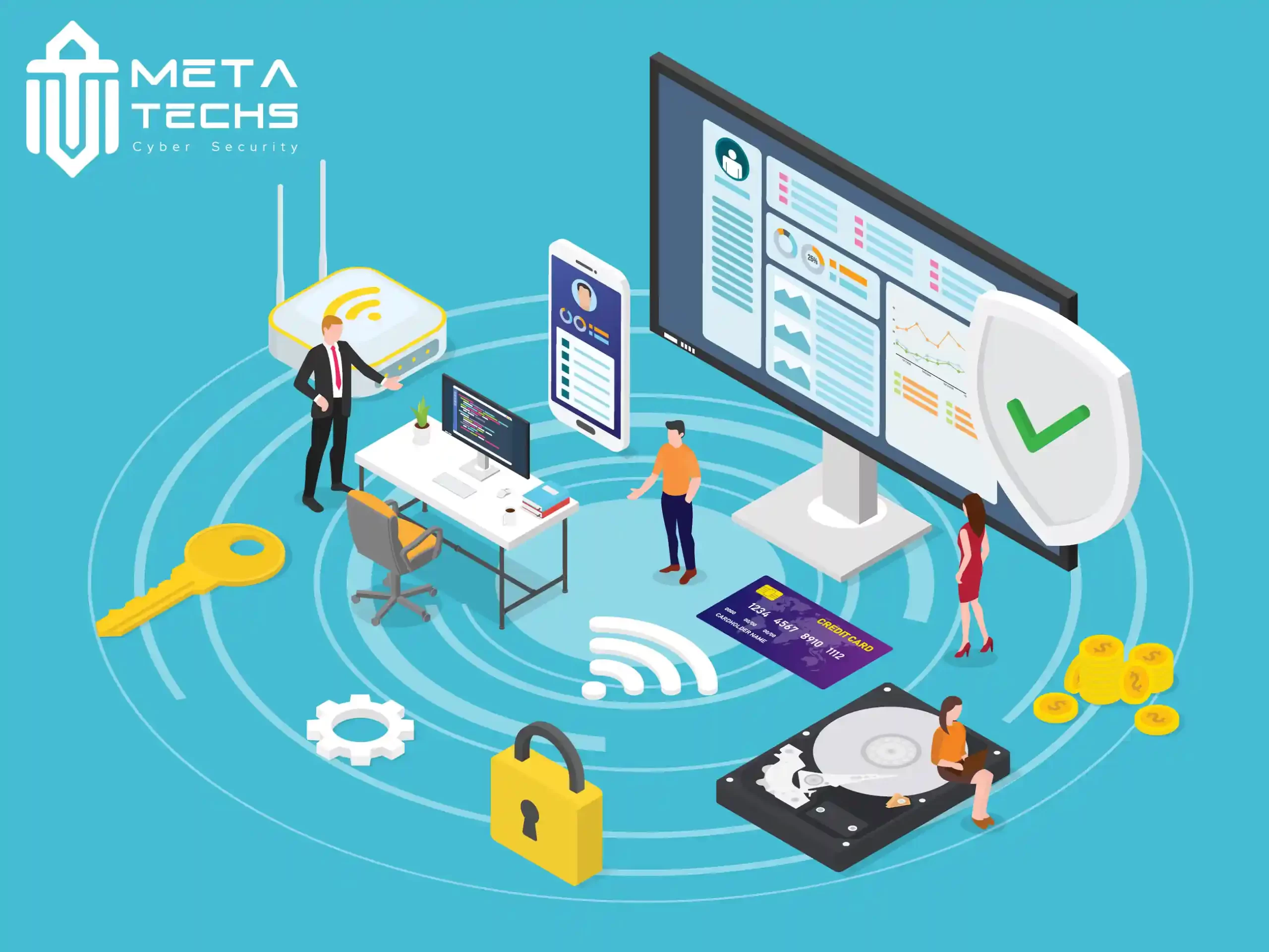Chatbots have revolutionized the way we interact with technology and businesses. Among the advanced chatbot models, Chat GPT (Generative Pre-trained Transformer) has emerged as a powerful language model, enabling more human-like conversations and enhancing user experiences across various platforms. In this Q&A article at Meta Techs, we will delve into the world of Chat GPT, its capabilities, applications, and the impact it has on communication in the digital age.

What is Chat GPT ?
Chat GPT is a state-of-the-art language model based on the GPT architecture, developed by OpenAI. It employs deep learning techniques and natural language processing (NLP) to generate human-like text responses to user inputs, making it highly effective in interactive conversations. The model is pre-trained on vast amounts of textual data, allowing it to understand context, grammar, and nuances to create meaningful responses.
How does Chat GPT work?
Chat GPT operates using a transformer-based architecture, which excels in handling sequential data like text. The model consists of numerous layers, each containing self-attention mechanisms to analyze the relationship between words in a sentence. This enables Chat GPT to understand the context of the conversation and generate relevant and coherent responses.
What are the key advantages of using Chat GPT?
- Natural Conversations: Chat GPT’s ability to comprehend context and generate contextually appropriate responses creates more natural and human-like interactions.
- Scalability: Since Chat GPT is pre-trained on vast datasets, it can be fine-tuned for various specific applications, making it a scalable solution for different industries.
- Language Understanding: The model can understand and process multiple languages, enabling cross-lingual communication.
- Personalization: With proper training, Chat GPT can be personalized to individual users’ preferences, enhancing the user experience.
How does Chat GPT impact the future of communication?
Chat GPT represents a significant advancement in natural language processing and AI-driven communication. Its ability to mimic human conversations blurs the lines between man and machine interactions. As the technology improves, Chat GPT will likely become more integrated into our daily lives, transforming the way we interact with machines and businesses.
Conclusion
Chat GPT is a groundbreaking language model that has revolutionized the world of chatbots and interactive communication. Its natural language understanding, scalability, and potential applications make it a powerful tool across various industries. As AI technology continues to evolve, Chat GPT is set to play a central role in shaping the future of communication and user experiences in the digital age.







